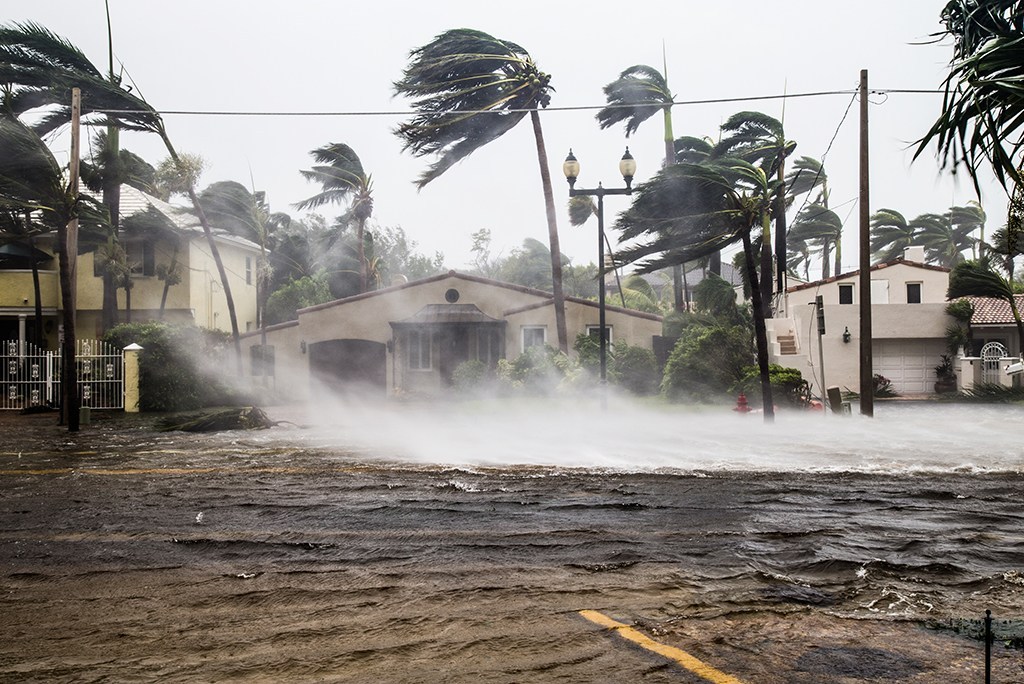Natural disasters have always been the “natural enemies” of human beings. In the past decades, natural disasters have taken away nearly 60,000 people’s lives globally each year, responsible for 0.1% of global deaths (Ritchie and Roser, 2020). Nowadays, although more countermeasures have been found to reduce losses, the deterrent and destructive power of natural disasters can still not be overlooked. As a result of climate change, the situation will likely get worse – natural disasters already occur four times as often as they did in 1970 (Statista, 2020). According to estimates, such events could grow in frequency and ferocity. The enormous number of deaths and an increasing number of disasters rise the concerns around the globe:
How can we use technology to alleviate the damage and respond faster to save lives?
With solely human power, it is difficult to achieve timely monitoring of post-disaster relief. Fortunately, the emergence of artificial intelligence has brought more potentials to prevent massive loss of lives – by marshaling relief resources more efficiently and effectively, AI-powered systems can accelerate the delivery of aid and give relief workers on the front lines a better chance of finding and helping victims.
So how can AI help with coordinating an effective and swift emergency response?
According to scientists, artificial intelligence brings new insights into emergence management. Instead of using a field survey which is time-consuming and inefficient for damage mapping, with the development of satellite observation technology, AI provides a superior way of recognizing useful information from satellite images to serve future disaster relief (World Economic Forum, 2020). Drones, sensors, and robots have helped to provide accurate information about the damaged landscapes making the rescue life safer and less-time consuming (EKU,2020).
According to Yanbing Bai, a researcher of disaster science, by using satellite imagery to help map out accurate damage information such as the location of damaged buildings, damaged roads, and flooded areas, etc., it can provide decision-making support to individuals and governments (Microsoft, 2020).
Based on the previous disaster damage label information and corresponding satellite remote sensing information, a “damage recognizing model” can be trained to help distribute emergency aid more effectively. It helps emergency personnel identify people who are still in danger and isolated from escape routes and how much aid (water, food, medical care) will be needed and where to send it (Microsoft, 2020).
AI algorithms could instantaneously assess the previous disaster data, together with geospatial, weather information thus helping predict how many people will be displaced from their homes and where they will likely move (EKU, 2020).
Thanks to artificial intelligence, disaster resilience efforts look very different from how they appear yesterday. Although there is still a long way to go, I still believe that one day we can have the opportunity to fully respond to natural disasters. This day may not come soon, but it’s worth waiting for!
References:
Ritchie, H., and Roser, M., 2020. Natural Disasters. [online] Our World in Data. Available at: <https://ourworldindata.org/natural-disasters#:~:text=Natural%20disasters%20kill%20on%20average%2060%2C000%20people%20per%20year%20and,for%200.1%25%20of%20global%20deaths&text=If%20we%20look%20at%20the,represents%200.1%25%20of%20global%20deaths.>
Statista. 2020. Topic: Natural Disasters. [online] Available at: <https://www.statista.com/topics/2155/natural-disasters/>
World Economic Forum. 2020. 3 Ways AI Can Improve Disaster Resilience And Relief Efforts. [online] Available at: <https://www.weforum.org/agenda/2020/01/natural-disasters-resilience-relief-artificial-intelligence-ai-mckinsey/>
Asia News Center. 2020. Natural Disasters And Artificial Intelligence: A Better Chance To Save Lives – Asia News Center. [online] Available at: <https://news.microsoft.com/apac/features/natural-disasters-and-artificial-intelligence-a-better-chance-to-save-lives/>


Thank you for an interesting article.
The prediction of the natural disasters is possibly the more “trendy” image of how the AI can help in the future. On the other hand, AI predictions are limited by the fact that they can only learn from the past data; this leaves a lot of space for error and can lead to dare consequences. In addition, global warming is shifting the natural patterns in a way that make them less predictable than before (for more about this topic, see the link below).
This should arguably be less of an issue when assessing the situation in the aftermath, as in such case the historical data is more predictable; this allows to rely on AI’s fast data processing while avoiding the flawed prediction rate. Therefore, your article covers a faster is a much more realistic use of AI while dealing with natural disasters, and I am excited to see it being used!
https://www.forbes.com/sites/cognitiveworld/2019/03/15/how-ai-can-and-will-predict-disasters/#3ec98cd25be2
Dear Zhiyi,
I really enjoyed your article, as I am very interested in Sustainability. I believe that a lot of potential exists in AI in order to help prevent disaster. This also makes me think about an Italian company called Minteos. It produces natural hazards automatic detection systems. It helps reduces wildfires or industrial disasters. Tiny electronic sensors are installed in the environment and constantly monitors the surrounding environment collecting the information over the web. If anything goes wrong in few seconds an alert is sent to any place in the world on the mobile phone, web or mail.